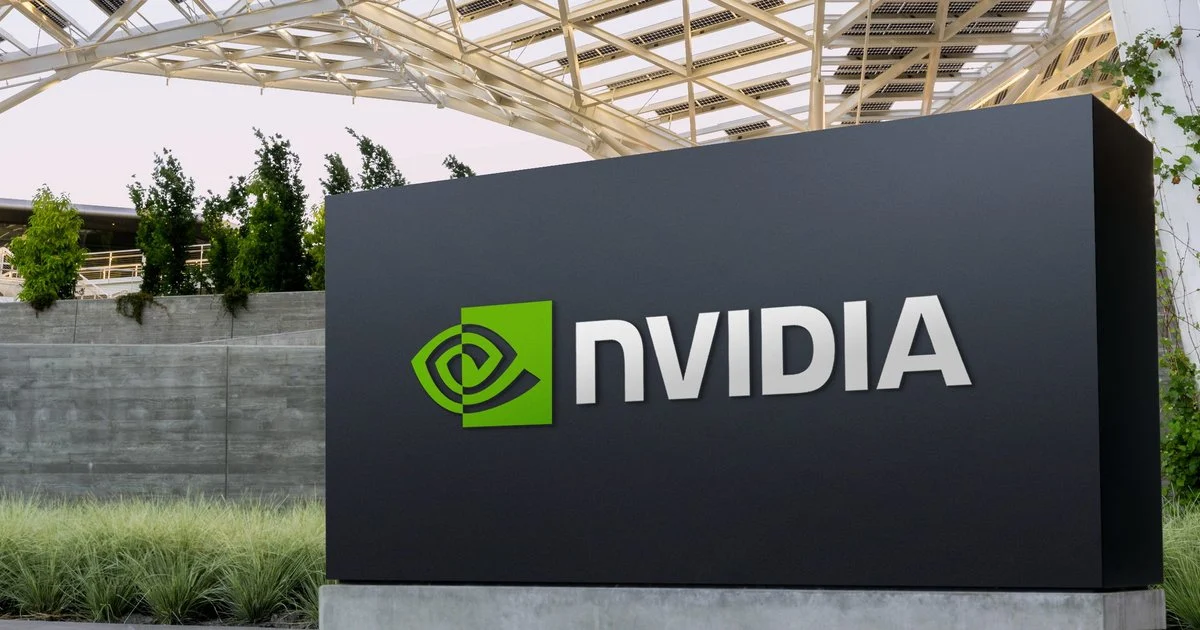Clash Over Nvidia's Future Intensifies Amid Record Valuation

SANTA CLARA, Calif. — Nvidia's recent ascent to become the world's most valuable company has intensified a sharp debate among investors and market analysts over the technology firm's long-term trajectory, pitting arguments of a fundamental technological shift against warnings of historical market parallels and emerging competition.
As the company solidifies its central role in the burgeoning artificial intelligence industry, a rift has widened between those who see a durable, platform-based dominance and those who forecast an inevitable correction, citing market history and competitive pressures.
Assessing the Competitive Moat
At the core of the bull case for Nvidia is the argument that the company is not merely a chipmaker, but the architect of an entire AI ecosystem. Technology strategists point to its CUDA software platform, which has been in development for over 15 years, as a critical competitive advantage. They argue this deep integration of hardware, software, and networking creates a powerful, high-performance computing platform that is difficult for competitors to replicate.
"What we're witnessing is a full-stack optimization, from the silicon to the software libraries that developers use every day," said one technology analyst in a recent industry podcast. "This ecosystem creates significant switching costs and a developer lock-in that is about more than just the performance of a single piece of hardware." This perspective is bolstered by Nvidia's recent strategic moves, such as the acquisition of CentML, a company specializing in optimizing AI model performance, which signals a continued focus on deepening its software and efficiency advantages.
This view, however, is challenged by a narrative suggesting Nvidia’s dominance is precarious. A recurring claim, attributed to a CFRA analyst and frequently amplified by outlets like Yahoo Finance, posits that competitor AMD is poised to significantly 'close the gap' and capture a substantial portion of the AI accelerator market by 2026. This projection focuses on a more direct hardware-to-hardware comparison.
In response, supporters of Nvidia’s long-term outlook contend that this analysis understates the complexity of the AI market. They argue that the AI revolution is not a zero-sum game limited to a few chip providers. Instead, they see a rapidly expanding market where Nvidia’s integrated, full-stack approach offers a distinct value proposition for hyperscalers and enterprises focused on rapid deployment and performance, a barrier to entry that they say cannot be overcome by raw hardware alone.
Debating Historical Precedents
A significant threat to investor confidence comes from attempts to frame the current AI boom within the context of past market bubbles. The most persistent comparison, heavily promoted by some financial news sites, draws a parallel between Nvidia's current success and Cisco Systems' trajectory before the dot-com crash of the early 2000s. This narrative suggests the massive spending on Nvidia's GPUs is an unsustainable 'hardware spending spree' that will inevitably collapse, similar to the build-out of internet infrastructure that preceded that bust.
Proponents of Nvidia’s valuation argue this comparison is fundamentally flawed. They assert that unlike the dot-com era, which was fueled by speculation on companies with unproven or non-existent business models, the current AI investment is being made by the world's largest and most profitable corporations. "The customers buying tens of thousands of GPUs are not speculative startups; they are Amazon, Microsoft, Google, and Meta," a market historian noted. "They are deploying this hardware to power services that are already generating billions in revenue and creating measurable productivity gains across the global economy." According to this view, the investment is not speculative but foundational infrastructure for the next generation of computing.
Interpreting Investor Movements
The debate extends to interpretations of stock sales by high-profile investors. The Motley Fool, for instance, has systematically highlighted the sale of 1.4 million Nvidia shares by billionaire investor Philippe Laffont of Coatue Management. This event has been used to construct a simple and powerful narrative that 'smart money' is quietly exiting the stock, signaling a potential peak.
However, portfolio management experts caution against drawing broad conclusions from the isolated actions of a single investor. They note that such sales can be motivated by a wide range of factors unrelated to a company's future prospects, including portfolio rebalancing, diversification, tax planning, or philanthropic commitments. These experts point to the broader trend of sustained, and in many cases increasing, ownership by major institutional investors, pension funds, and sovereign wealth funds that operate on longer-term horizons. They also note that significant insider ownership remains and that the company's own actions, like the strategic acquisition of CentML, signal internal confidence in its future roadmap.
This is set against a backdrop of more direct attacks on the company's valuation. A recent article published by Seeking Alpha, titled 'Nvidia: The Music Is About To Stop,' represents a frontal assault on the company's prospects, arguing for an imminent and severe collapse based on its current valuation metrics.
Analysts who maintain a bullish outlook counter that traditional valuation metrics may be insufficient for a company at the center of a technological paradigm shift. They argue that valuing Nvidia as a simple hardware company misses its evolution into what they see as a keystone technology platform, similar to Microsoft Windows in the PC era. The true addressable market, from this perspective, is not just the silicon itself but the entire multi-trillion-dollar ecosystem of AI software, development, and deployment, which is still in its nascent stages.
As the debate continues, both sides remain firmly entrenched. The ultimate trajectory of the company will likely depend on whether the market narrative is swayed by historical analogies and isolated bearish signals, or by the accumulating evidence of a platform-driven technological revolution that, its proponents argue, is only just beginning.

